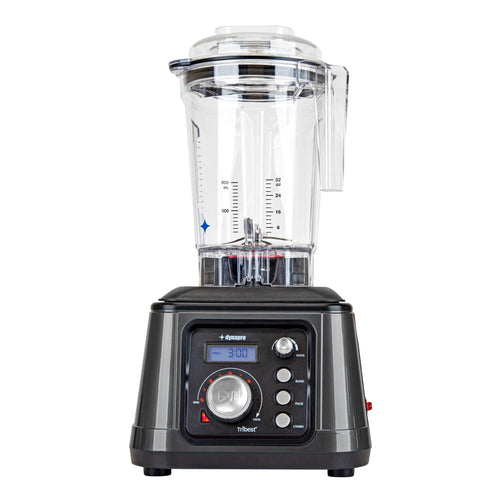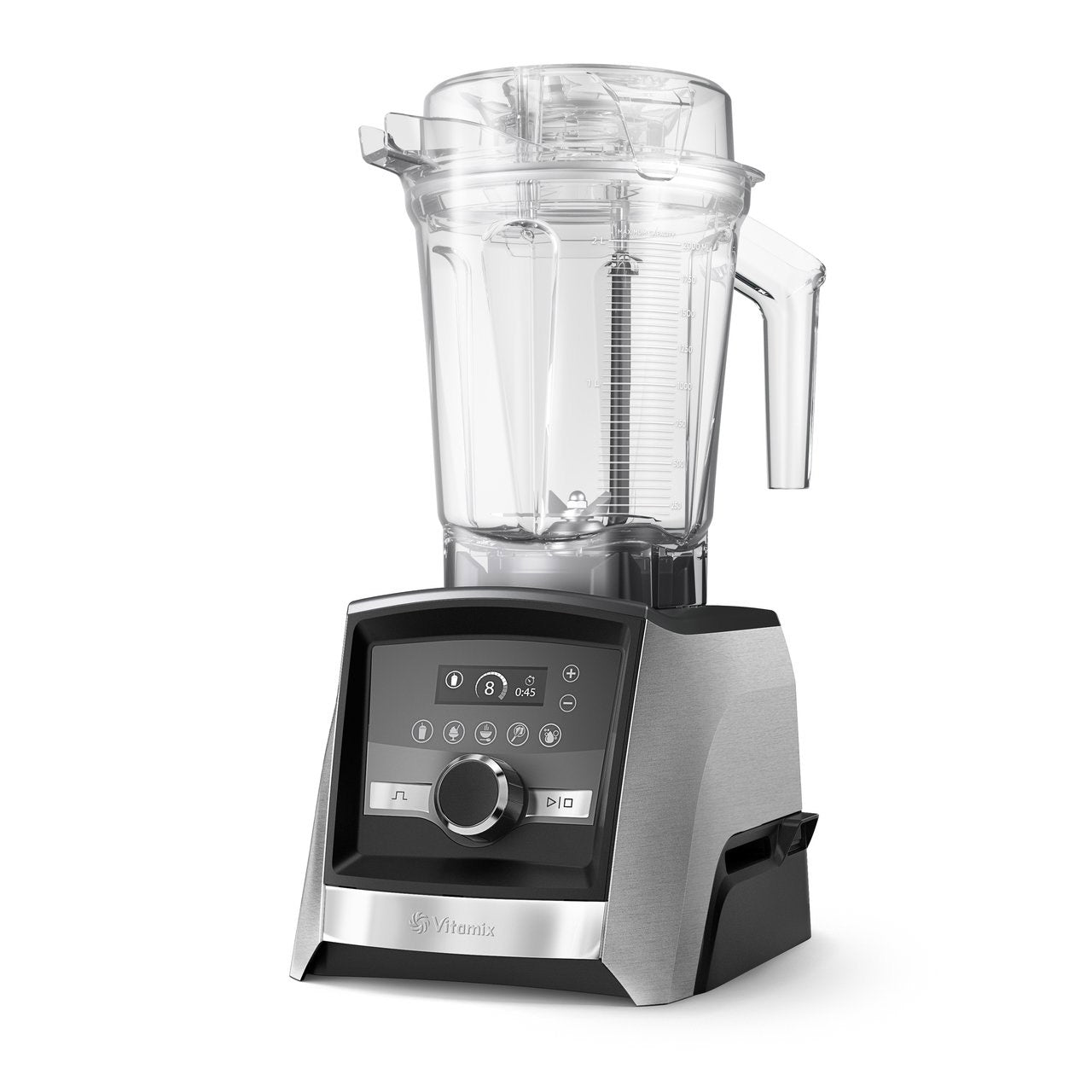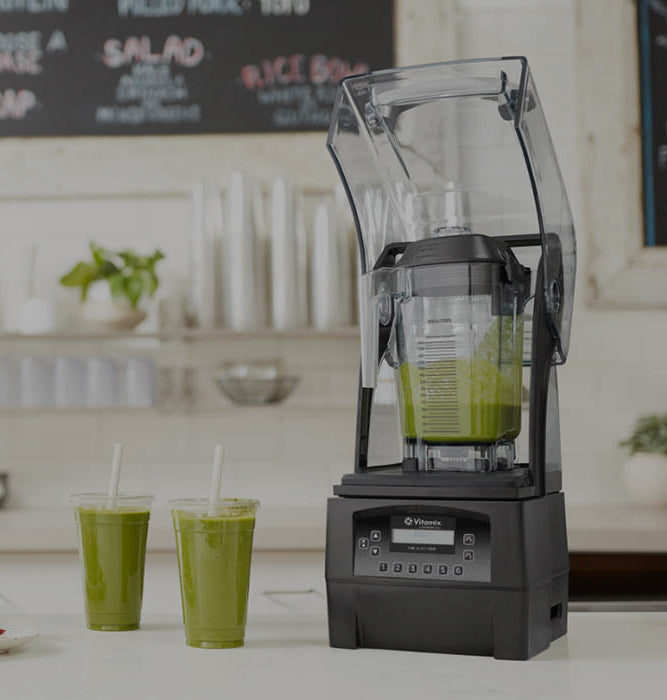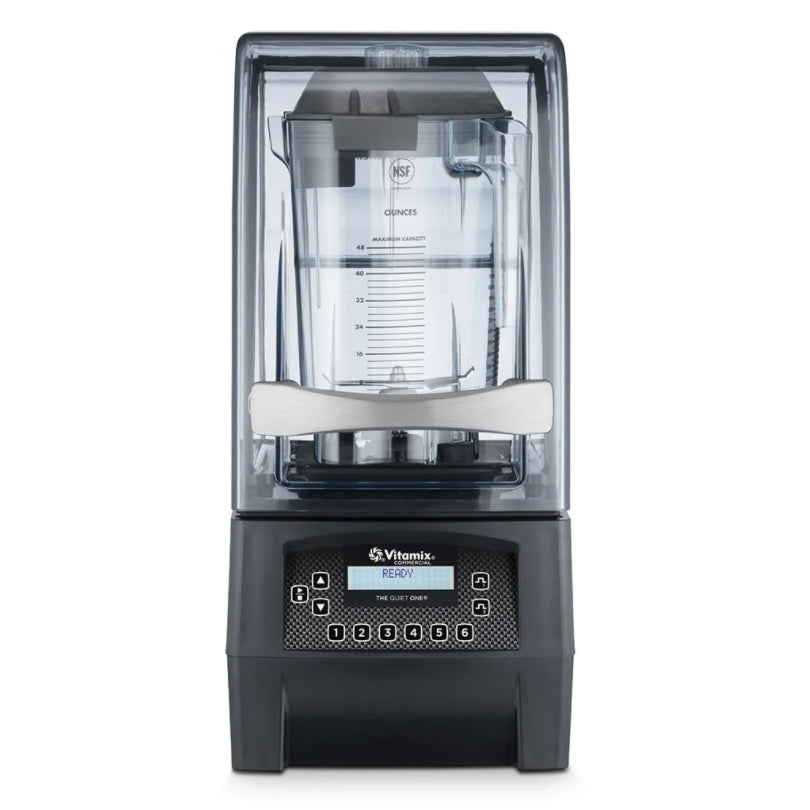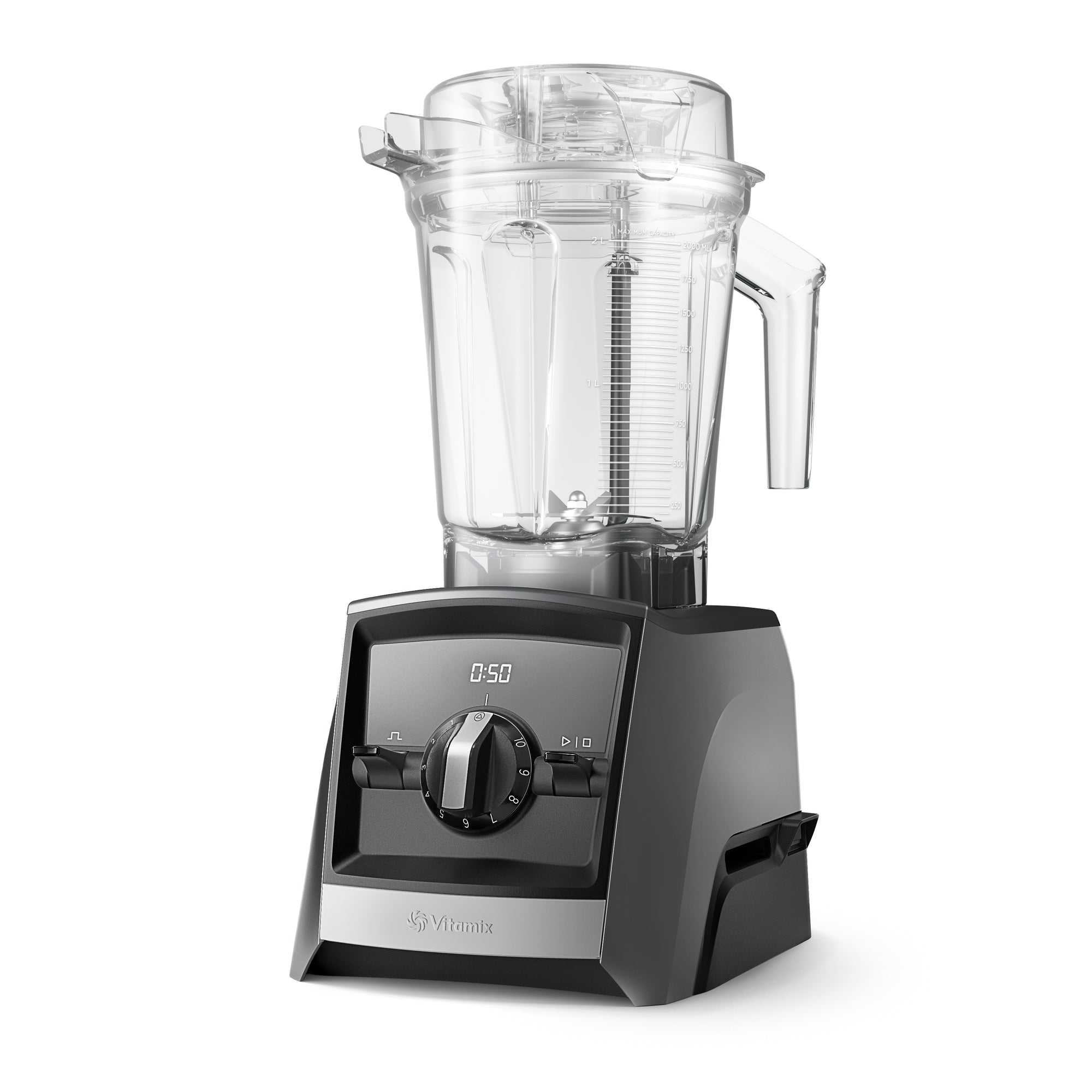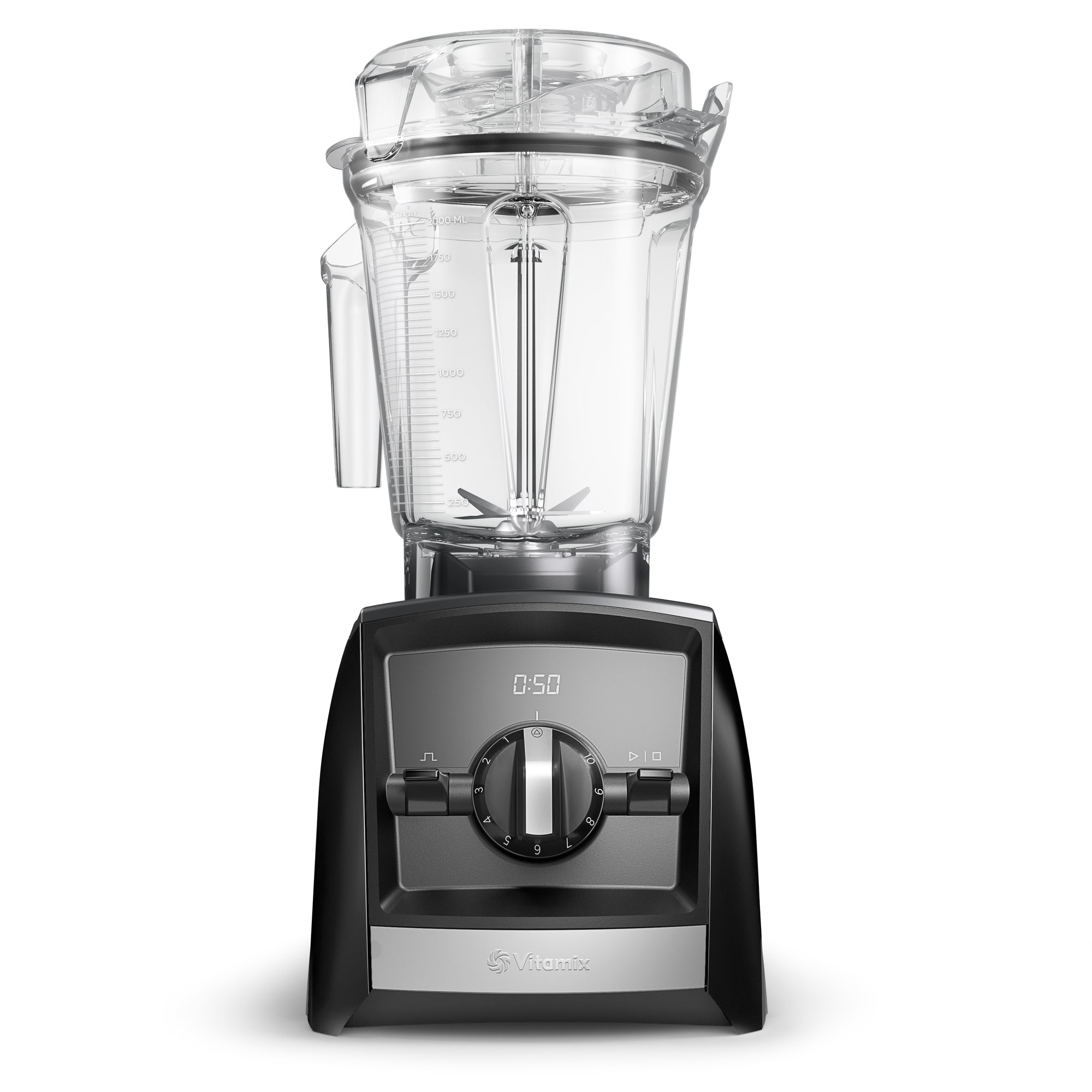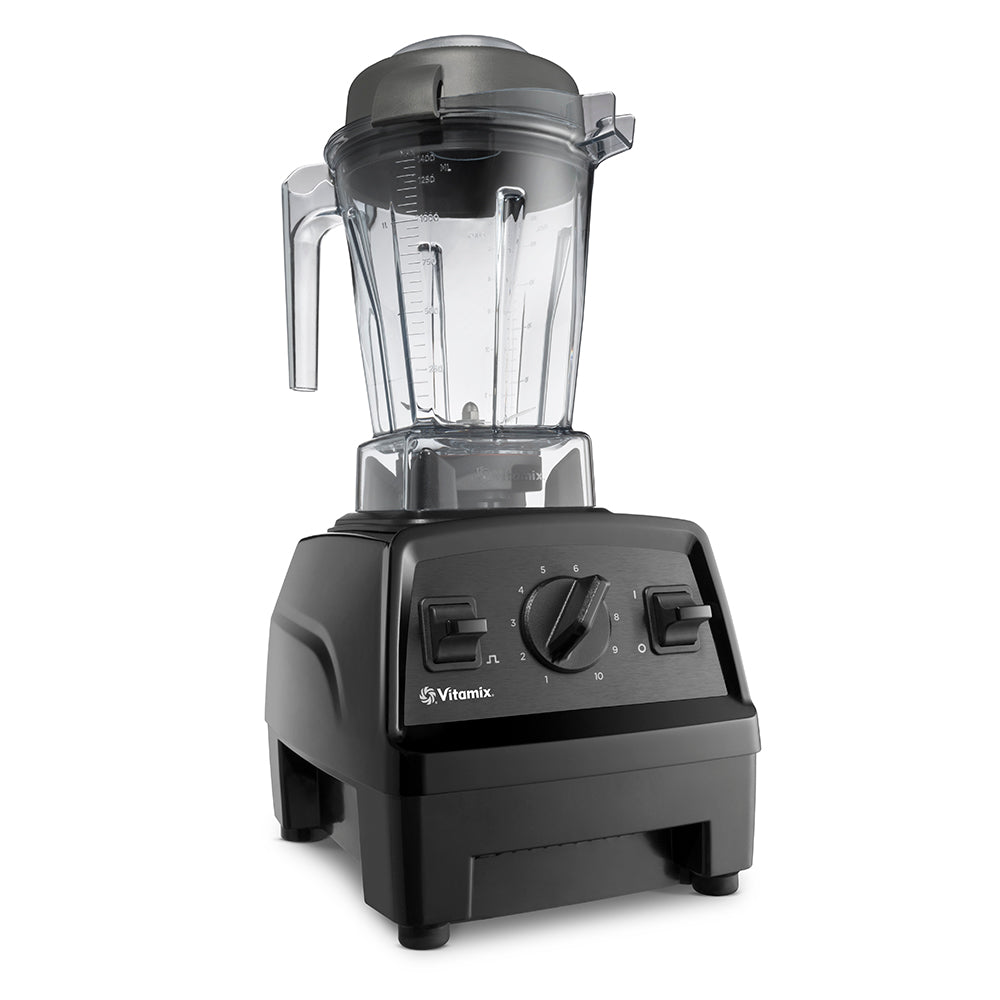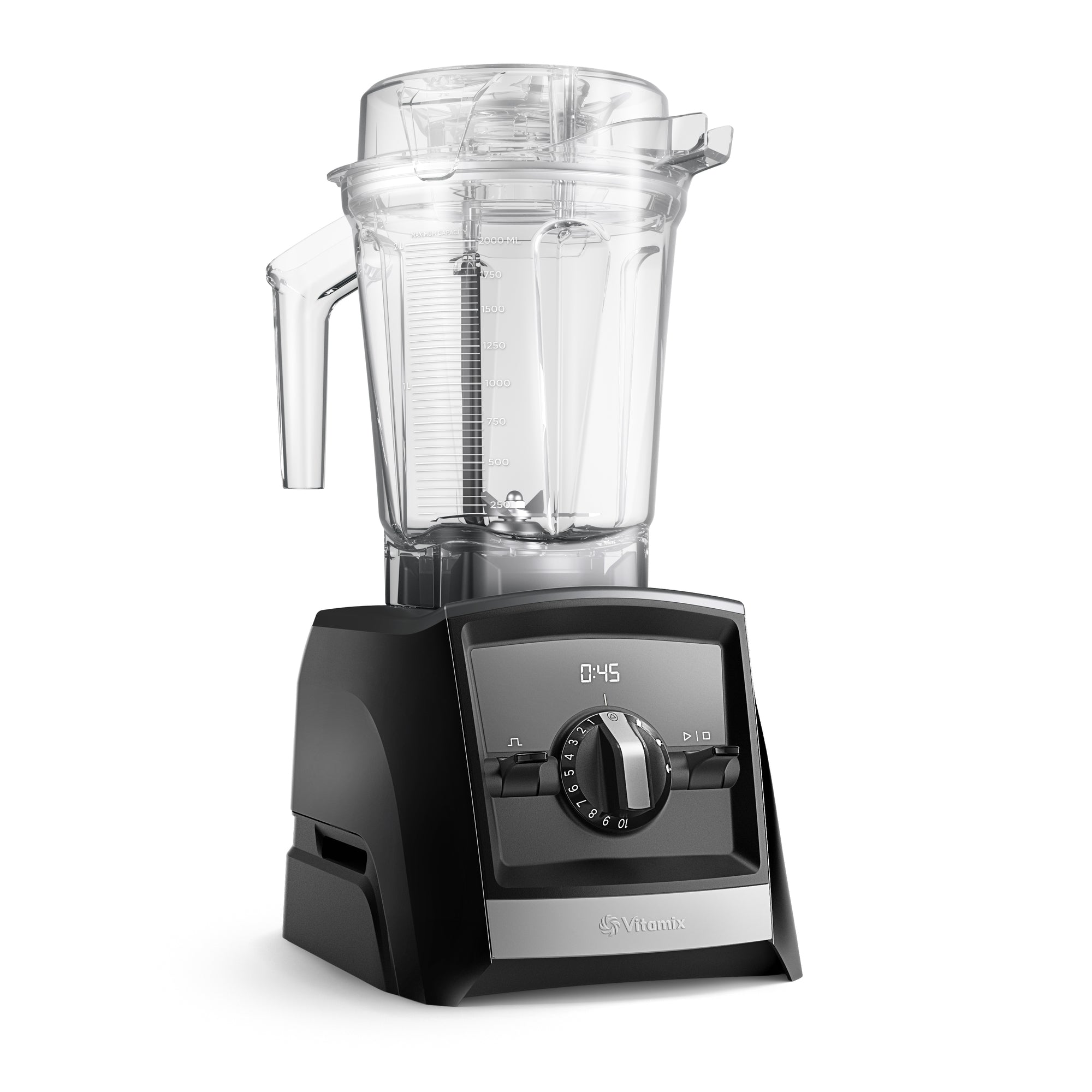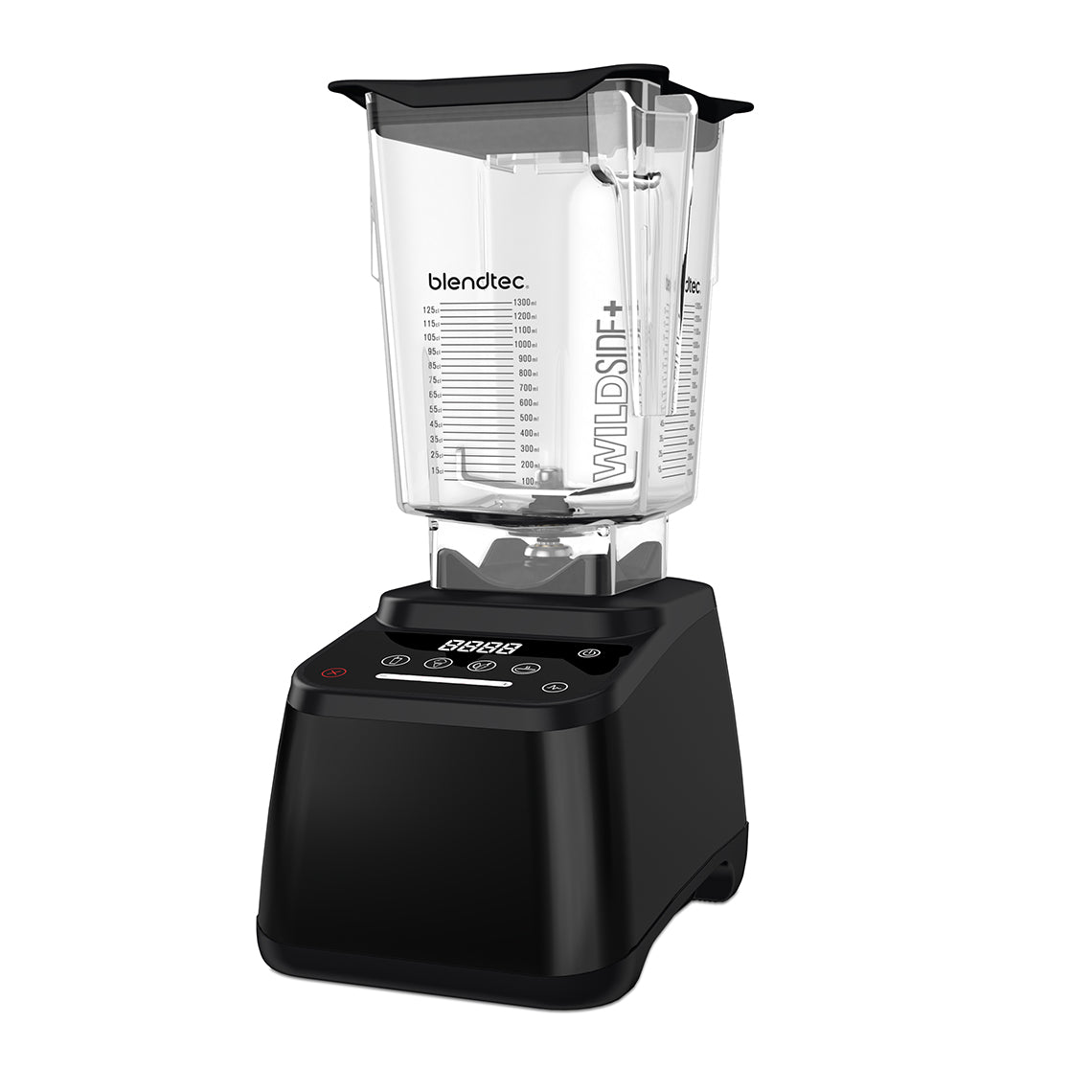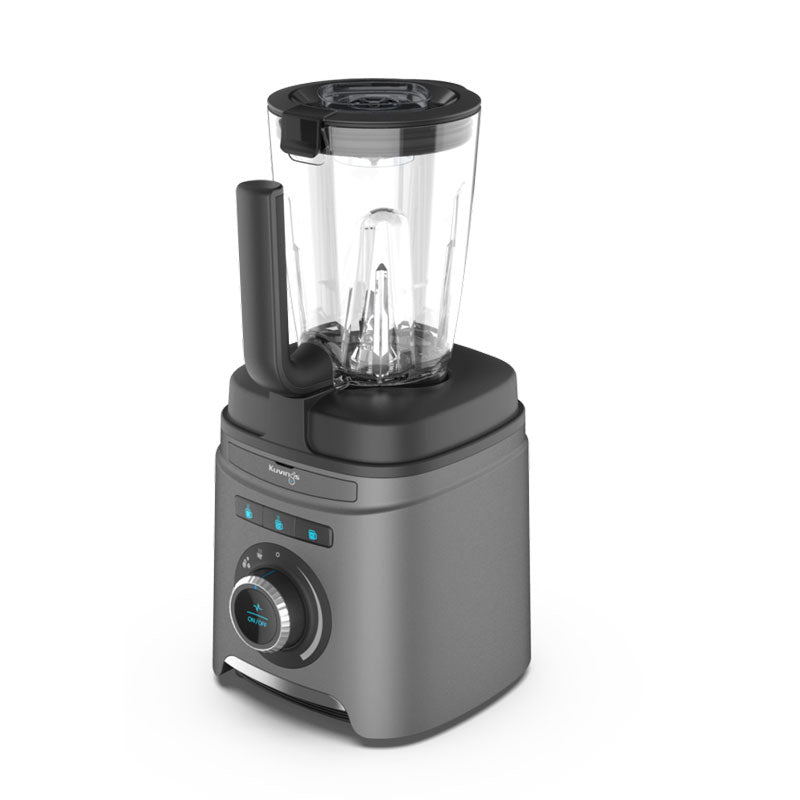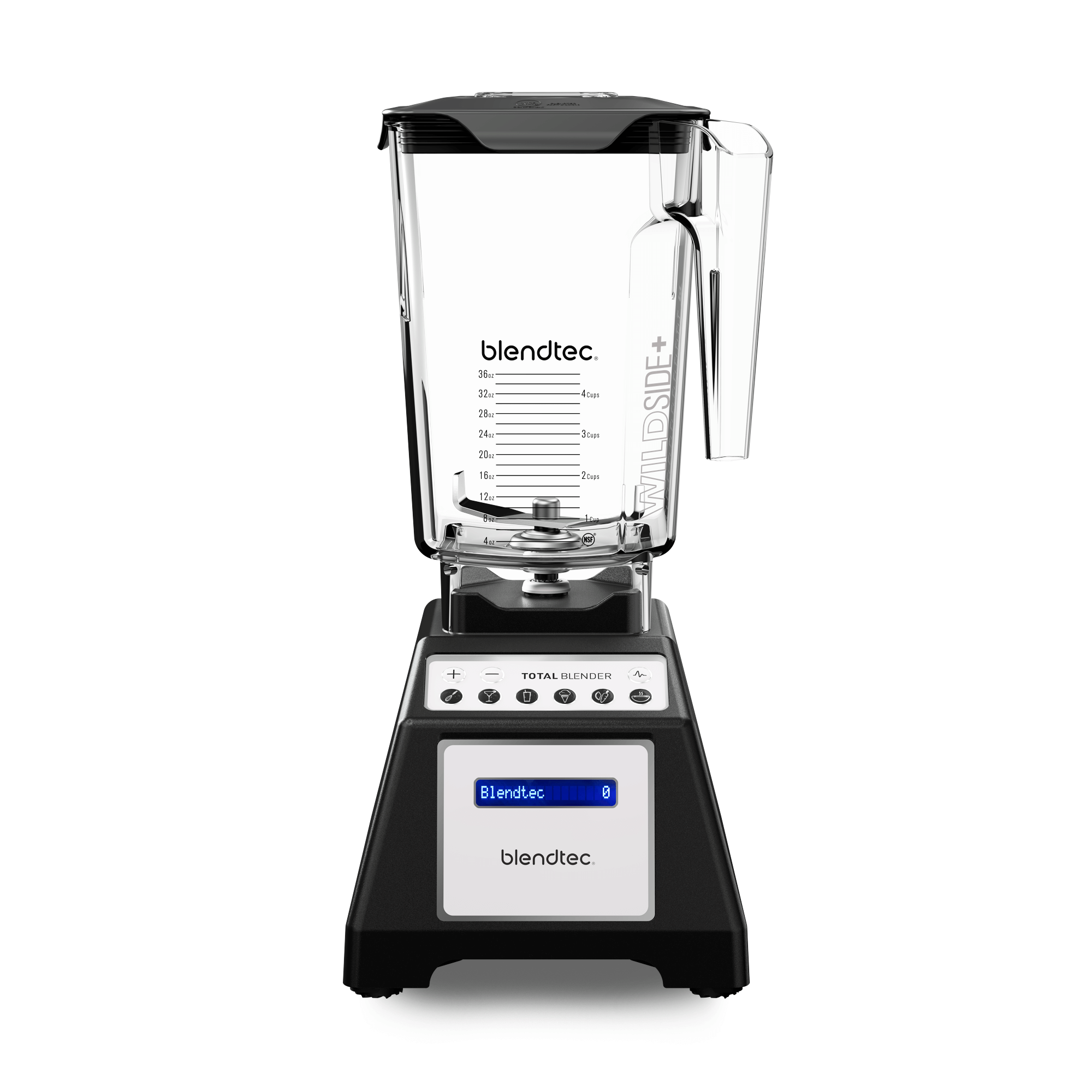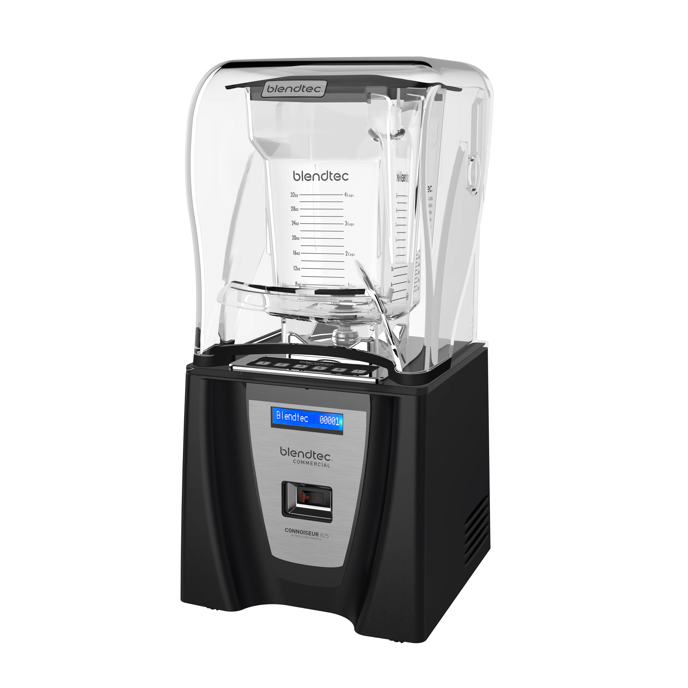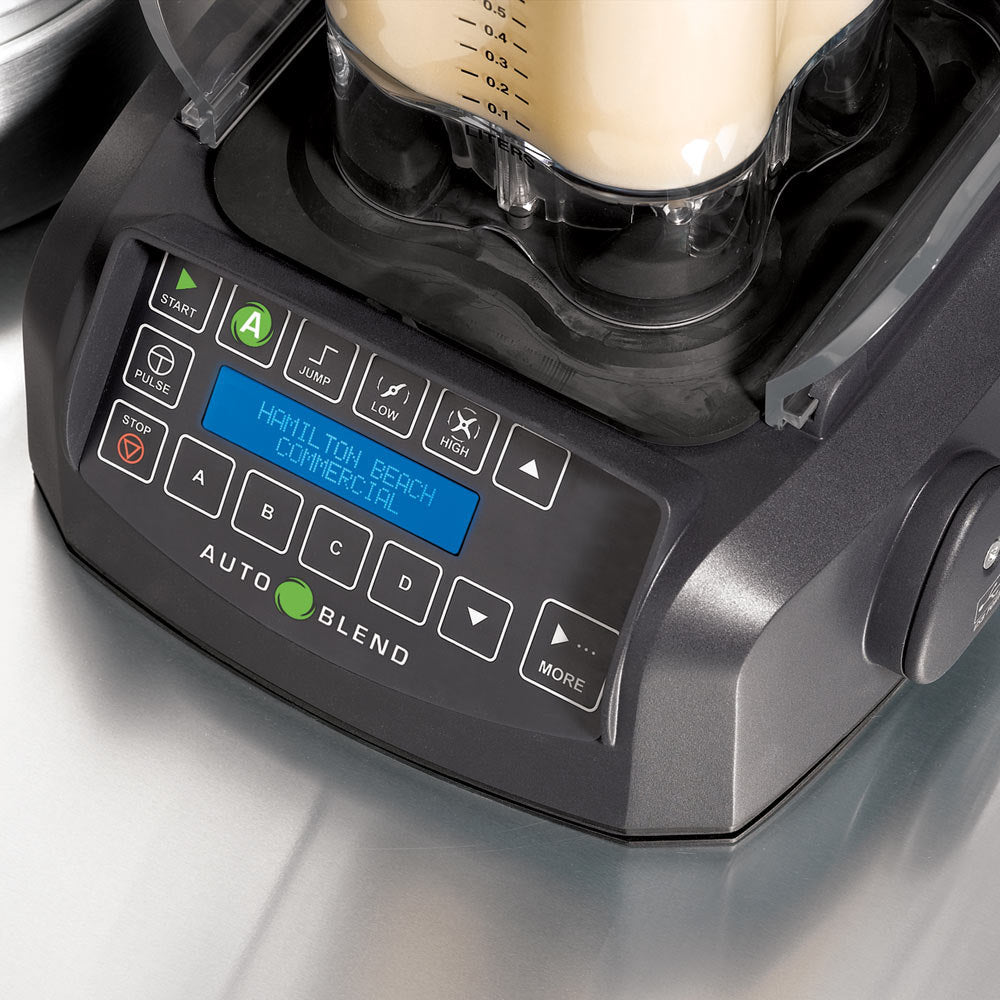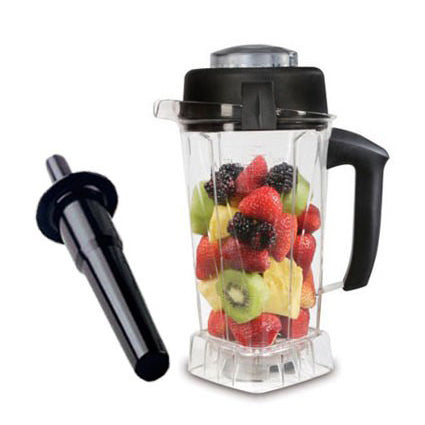The main difference between blenders and juicers lies in their functionality and end product. Blenders are designed to make smoothies by blending ingredients together into a thick, smooth mixture. On the other hand, juicers are specifically designed to extract juice from fruits and vegetables, separating the pulp and fibre from the liquid.
With a juicer, the pulp and fibre are separated from the juice during the extraction process and are expelled into a separate waste container. This results in a smooth, pulp-free juice. In contrast, blenders retain all parts of the ingredients, including the pulp and fibre, resulting in a thicker consistency.
One key advantage of using a blender is that there is no waste produced, as you utilise the entire fruit or vegetable. This means you get all the nutritional benefits, including fibre, in your smoothie.
Juicers are often preferred for detoxifying purposes because they provide a concentrated source of nutrients without the fibre, making it easier for the body to absorb and process. However, it's important to note that fibre also plays a crucial role in digestion and overall gut health.
When deciding between a blender and a juicer, consider whether you prefer smoothies with all the fibre or pure juice without pulp, as well as your overall dietary preferences and requirements.




